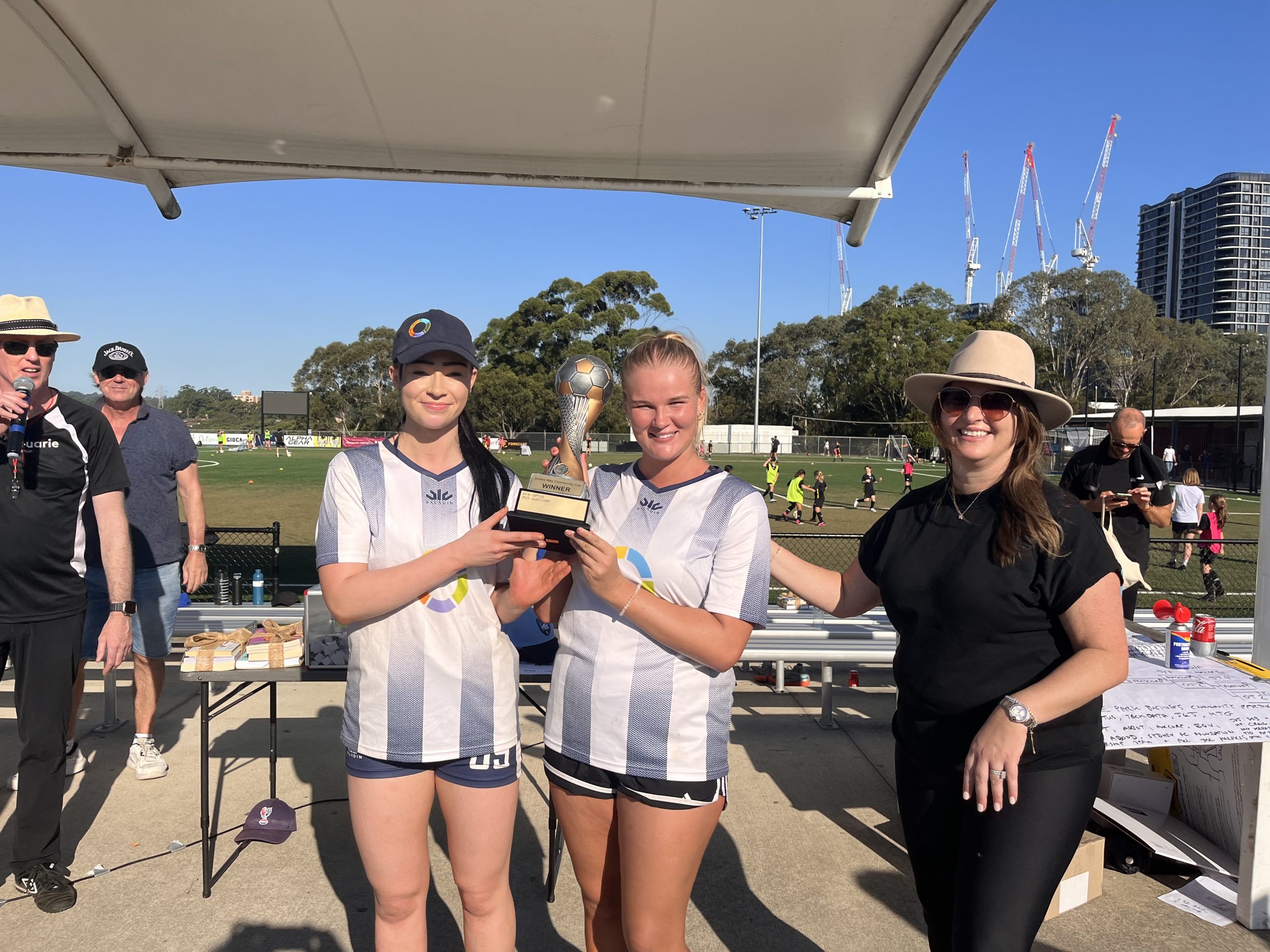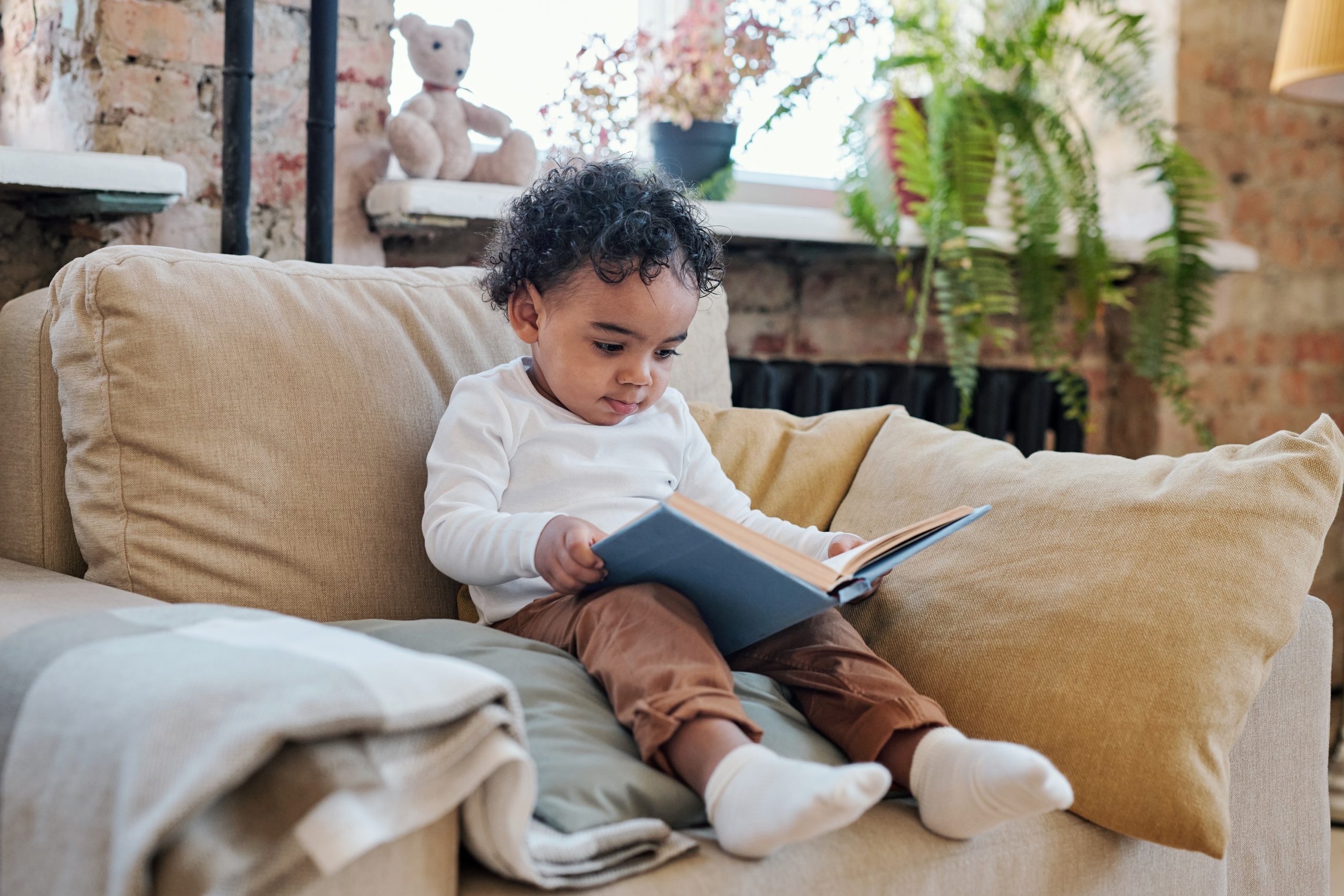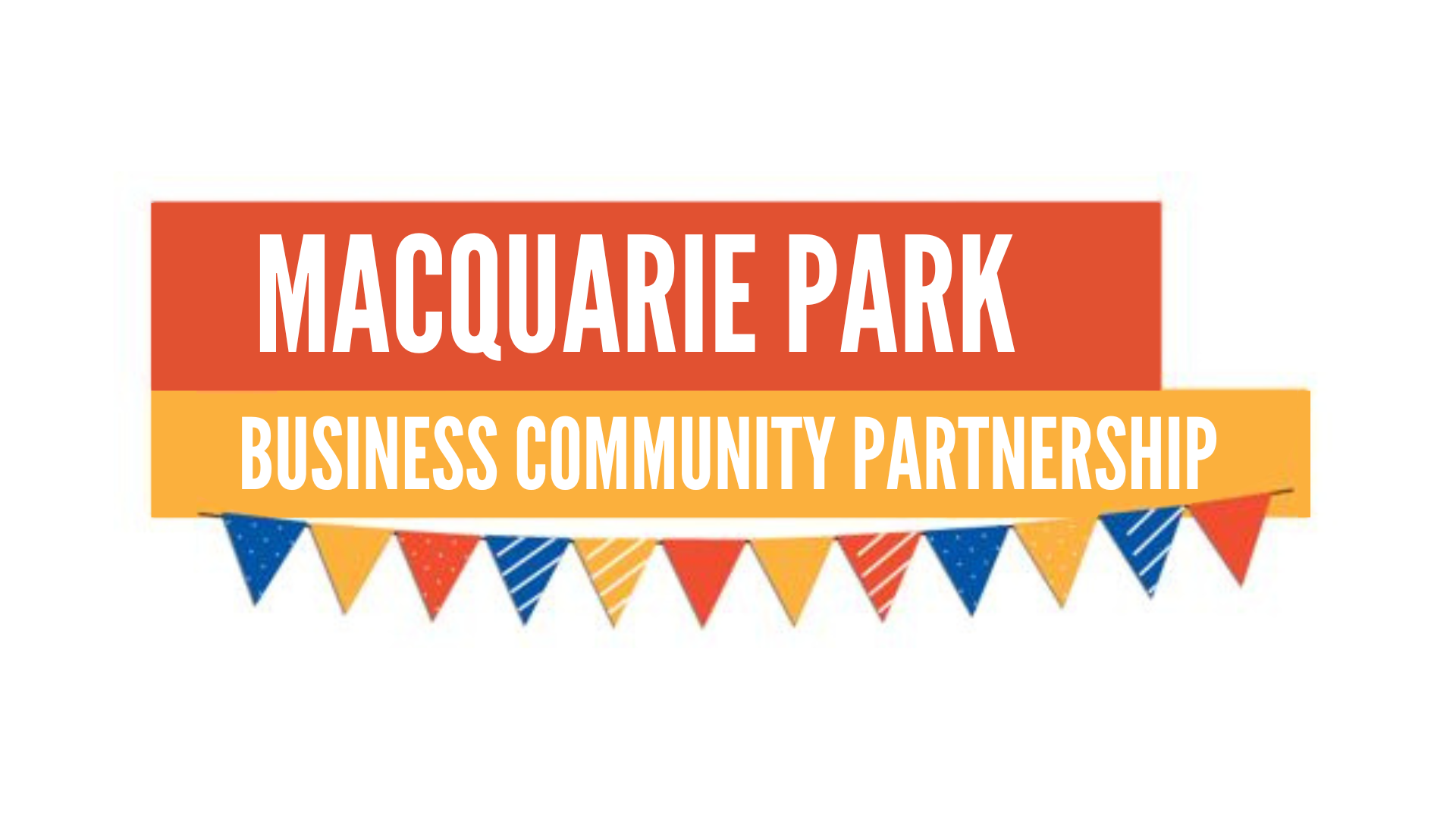It’s wonderful that such a broad selection of books exists for young children because there is so much to gain from sharing books with them. However, not all books are created equal. Literacy expert Louise Park has put together some suggestions to help you select appropriate and quality books for your child from the many available.
Books for Newborns
Your newborn baby’s eyesight is not fully developed at birth. Choose books for this age group that:
- have black and white designs.
- are easy for you to hold and turn the page as you hold your newborn.
- one picture or object per page.
Books for 3-12 months
Spoken word is vital in this age group, as their eyes learn to focus, they will be able to enjoy more book features.
Choose books that:
- won’t tear easily and are chew-proof such as board boards, stiff-card books and books with rounded edges.
- have bright colours and contrasting backgrounds; books with photos of faces, babies, and toddlers; wordless picture books filled with familiar objects.
- have one-word labels or concise simple text
- allow them to explore by lifting and opening flaps and fold-out pages and mirror inserts to gaze into.
- have different textures so that they can hear, see and feel them.
Books for the Toddler Years
Toddlers are busy little people! They don’t often sit in one spot for very long. One or two minutes at a time is plenty. If they’re happy to stay longer, make the most of it, but let them dictate the duration. Don’t worry if they up and run off!
Toddlers love:
- books about everyday experiences: feelings, colours, everyday outings, animals and pets, getting dressed, mealtimes—anything directly related to the world from their perspective and daily routines.
- books with predictable text and lots of repetition, even rhyme.
- Interactive books with flaps, fold out pages or mirrors. They love interacting with them.
- stories with familiar television characters
- stories with simple, clear illustrations that they can quickly identify.
- simple books with a beat, rhythm and rhyme to them.
Books for Pre-schoolers
Pre-schoolers are growing up and exploring and learning about their world at a fast rate. They are ready for more complex stories, exciting plots, and detailed illustrations. At this age, encourage them to choose the books they like with your guidance and support. Let them be in the driver’s seat, even if you’re the one reading: let them hold the book and turn the pages, and read aloud the story at their pace. Remember, you don’t have to finish the book in one sitting – you don’t have to finish it at all. Encourage them to tell you about the illustrations.
Choose books for this age group that:
- move along rapidly and can be read in one session.
- have predictable, repetitive patterns—these they’ll most likely ask for again and again.
- have rhyme and rhythm to them and have them clap or sing along to the rhythm.
- deal with topics your child is interested in. Pre-schoolers love stories about friends, going to school, adventures, and real-life situations that reflect their own concerns.
- deal with learning concepts in fun and interactive ways—books on ABC, numbers and counting, categorising familiar objects, simple information books on interest areas like dinosaurs, vehicles, animals and pets.
A final word
Reading a book with your child is a special moment. This goes way beyond just the building of their literacy skills. It helps develops their thinking skills and their ability to understand and empathise with others, and builds positive and constructive relationships. So, when choosing great books for your child, always try to select books you know your child will enjoy and you’ll love reading to them.


